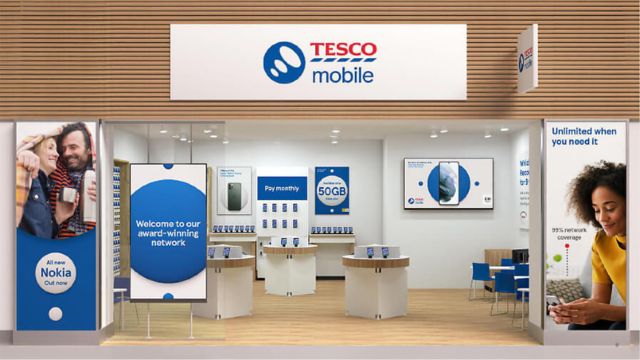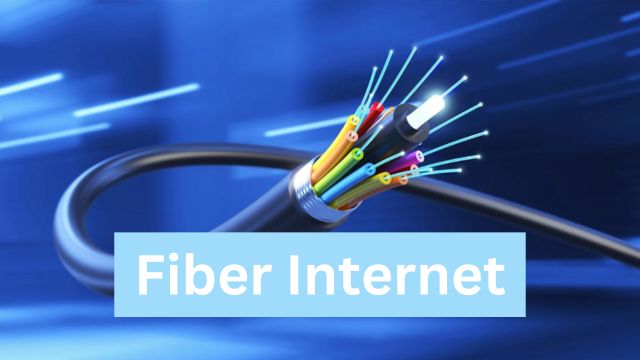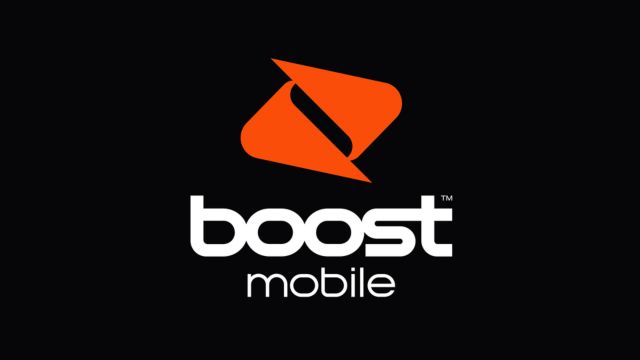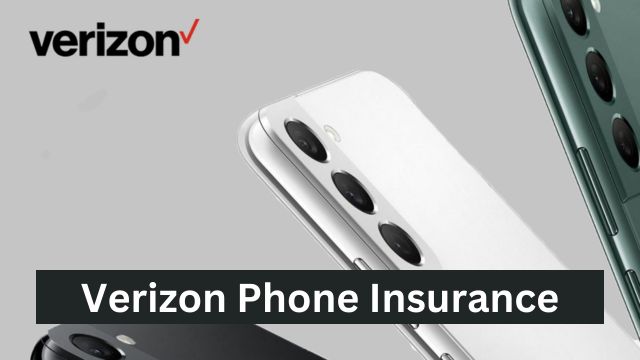You may have heard a great deal about 5G, the next generation of mobile network technology, in recent weeks. According to carriers and smartphone manufacturers, 5G has the potential to revolutionize mobile connectivity. But putting the hype aside for a moment, how rapid are 5G networks in the real world, and how do they compare to 4G networks? Here is everything you should know.
How Fast is 5G Network?
Before discussing numbers, it is important to comprehend how 5G works and where the speed increases are coming from. 5G utilizes more wireless spectrum than 4G, enabling quicker data transmission and increased capacity. Consequently, a 5G connection will not slow down in congested urban areas where 4G LTE would likely struggle. This also makes the former optimal for data-intensive applications like video streaming and cloud gaming.
Nevertheless, a 5G cell signal does not always indicate the quickest possible connection. Low-band, mid-band, and high-band are the three distinct frequency channels that comprise the 5G wireless spectrum. The highest frequencies (also known as mmWave) provide speeds that are considerably faster than those of previous incarnations of cellular technology. If you have ever witnessed or heard of 5G speeds greater than 1 Gbps, it was likely accomplished using a mmWave network.

However, mmWave has a few weaknesses. Even ignoring the costly infrastructure costs required to deploy cutting-edge towers at scale, high frequencies are not very effective at penetrating obstacles. Indoors, your smartphone will likely struggle to maintain a mmWave connection in the real world. And even if it does not completely lose signal, data transfers will be delayed and latency will increase.
Typically, carriers deploy mmWave networks interspersed with low-band and mid-band networks to combat this issue. Low-band employs the same frequencies as 4G, allowing for consistent indoor and outdoor coverage. As we will see in the next section, mid-band provides a reasonable balance of performance and range.
It is important to note that not all devices support 5G mmWave. In general, Google, Apple, and Samsung flagship smartphones in the United States include the necessary hardware. But if you reside outside the United States or purchase an unlocked device, you may not have mmWave 5G connectivity or even need it.
Now that we understand how the 5G spectrum operates, it should not come as a surprise that download speeds may vary greatly between networks.
In the actual world, mmWave networks can achieve speeds greater than 1 Gbps at their highest end. Even though the theoretical limit is much higher at 10Gbps, your smartphone’s SoC and modem won’t be able to support it. Additionally, obstructions such as tree cover can diminish signal quality and download speeds.
On the opposite severe of the spectrum is low-band 5G, which has less bandwidth but can cover several miles without difficulty. Not surprisingly, this is the slowest type, so you should not expect it to be significantly quicker than 4G — if at all.
Finally, we have mid-band 5G, which in the United States may also be referred to as C-band. It can provide frequencies between 100 and 900 Mbps, which is sufficient for most applications. The majority of carriers around the globe view mid-band 5G as the optimal combination of speed and coverage. You lose less coverage than with mmWave while gaining speed compared to lesser frequencies. C-band deployments have begun to acquire momentum in the United States, so expect significant speed enhancements in the near future.
OpenSignal tests indicate that Verizon’s C-band increased 5G speeds by approximately 25%. As shown in the graph above, Verizon’s average 5G download speeds increased significantly once its C-band infrastructure went live in early 2022. Verizon and T-Mobile consistently provide download speeds in excess of 200 Mbps when only considering midband 5G results.
Does Choice of Carrier Matter? Which U.s. Carrier Offers the Most Fast 5g Speeds?

Everyone doesn’t need the fastest network, though. The average download speed of 100Mbps from Verizon should meet the needs of most users today. Also, the results in your area may be different from the ones above, based on things like the number of users and how close you are to the nearest cell tower. Look at their coverage maps, like this one from T-Mobile, to find out which company has the best 5G service for your needs.
Lastly, keep in mind that carriers sometimes call mid-band and mmWave bands by their own names. Verizon, in the US, uses 5G Nationwide and 5G Ultra Wideband to tell the difference between the two. In the same way, T-Mobile users who use the carrier’s fastest 5G networks may see a 5G UC label on their phone.
How to Monitor Your Phone’s 5g Speed?
A speed test can tell you how well your 5G link works. Just go to fast.com or speedtest.net on your phone’s computer browser and run the test. You can also do the same thing by downloading an app from the Android Play Store or the iOS App Store. Make sure you’re not using Wi-Fi and that your phone is connected to a 5G connection.
As a general rule, speeds of more than 100Mbps are better than most 4G LTE networks. And if you can get gigabit speeds on your phone, you are probably linked to a mmWave or C-band network.
Stay Tuned with cell plan store.







